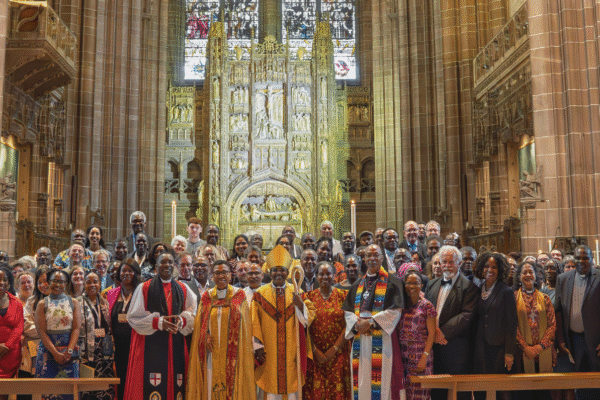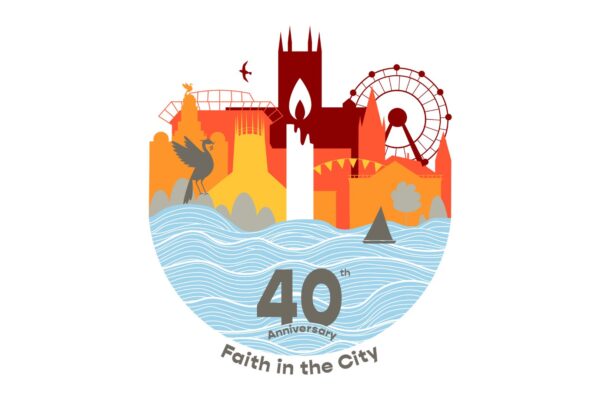In the last few years, Black History Month at Liverpool Cathedral has always been a time to reflect, remember, and reimagine what it means to be a place where all people can participate in our shared community of faith. This October, two very different – but equally powerful – events invited us to do just that: a commemorative service and a moving rehearsed reading. Both reminded us that commemoration is not only about looking back, but about how we live together now.
On Saturday 12th October, the Cathedral hosted a special service of commemoration, with Rev Dr Canon Carlton Turner, Tutor in Contextual Theology and Mission Studies at The Queens Foundation for Ecumenical Theological Education, Birmingham and Canon Theologian at Liverpool Cathedral. His sermon, rooted in the parable of the ten lepers, was both deeply theological and profoundly human. He spoke about the double discrimination faced by people who are marginalised not only by race but also by other aspects of identity – whether through disability, poverty, or exclusion.
Canon Turner reminded us that Jesus’ healing of the lepers was not just an act of compassion, but a radical act of inclusion. He challenged the congregation to see how the church today can mirror that same compassion – to create a space where those who have been marginalised find true welcome and belonging. It was a stirring message: that we are all called to notice who is left out, to listen to those on the margins, and to walk together towards justice and reconciliation.
Later in the month, the Cathedral became a stage for another kind of reflection – through art and storytelling. Testament to Truth, West Yorkshire writer, rapper, educator and world record breaking beatboxer, presented an untitled rehearsed reading, exploring the life of a church community and the painful but honest experiences of racism faced by a mixed-heritage youth leader during Black History Month.
The performance was an immersive experience that drew the audience into a familiar world from a new perspective. Through drama, the story opened up questions that many churches are still grappling with: How do we truly live out our faith in a way that honours the dignity of all? What happens when our communities fall short?
What was so powerful about both events was how they showed diverse expressions of commemoration – one through preaching and prayer, the other through art and performance. Together, they reminded us that Black History Month is not confined to one form or one moment. It’s a tapestry of voices, experiences, and creative expressions that call us to remember, repent, and renew our commitment to justice.
Liverpool Cathedral’s celebrations this year were an invitation – not just to celebrate diversity, but to take part in the ongoing work of dismantling racist structures within and beyond the church. Whether through the spoken word, the preached word, or the living Word among us, the message was clear: we all have a role to play in building a community where everyone is seen, valued, and free.
Written by Jennie Johnson, Racial Justice Officer



